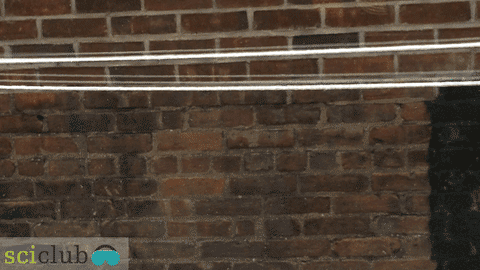The Science Club #MessageChallenge
Invent a device or system that can send or carry a message from one place to another.
Smelly Bats
A fun game for Halloween that demonstrates diffusion and the properties of stretchy polymers using rubber gloves and flavor extracts.
Go Out And Observe the Moon!
Observe the moon each day for one month, map the moon’s features, simulate lunar impacts, and explore lunar science in this resource from NASA’s International Observe the Moon Night (InOMN), an annual worldwide celebration of lunar science and exploration.
How Many Licks? Controlling Lollipop Licker Variation
How many licks does it take to get to the center of a Tootsie Pop? Navigate the perils of licker variation by designing your own lollipop-licking experiment.
Jet Propulsion Locomotion Of Squid And Octopus
Can you engineer a jet propulsion system that mimics the speed of a squid?
Dissect a Silkworm Cocoon
Learn about the insect origins of silk by dissecting a cocoon and “degumming” it to reveal the protein that scientists use for constructing new materials.
Solar Convection
Use hot and cold water to see how fluids at different temperatures move around in convection currents in this DIY Sun Science Activity from Lawrence Hall of Science.
Spot the Sunspots
Use binoculars or a telescope to identify and track sunspots. You’ll need a bright sunny day for this DIY Sun Science Activity from Lawrence Hall of Science.
#ExplainTheSun
What does the Sun do? Tell us, using the hashtag
#ExplainTheSun
Build an Earthquake Machine
In this activity from IRIS, students explore a mechanical model of a fault to learn how energy is stored elastically in rocks and released suddenly as an earthquake.






